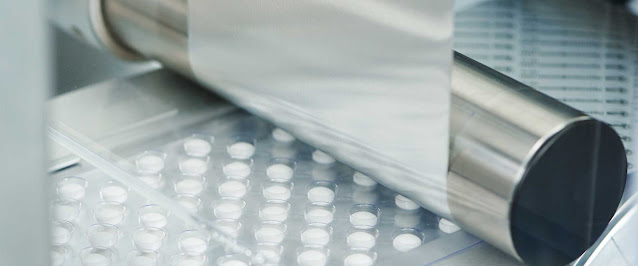When choosing a packaging for your medication, you should look for certain features. Listed below are some of the most important things to look for in medicine packaging. Stackability, security measures, and exceptions to the general requirements are also discussed. Then, you can use these features to make your packaging more sustainable and effective. Listed below are some examples of innovative medicine packaging that you may want to consider. We also touch on the alternatives to aluminium pouches and the reasons for using them.
Exceptions to the Requirements for Medicine Packaging
In many countries, a pharmacist is tasked with selecting appropriate medicine packaging. The choice of medicine packaging should be based on the type of medication, quantity, and use. In addition, the chosen container should be similar to that of the drug manufacturer to ensure that the product's identity and purity are preserved. In short, pharmacists should choose packaging that is in compliance with FDA regulations. In the US, a pharmacist must always follow the regulations set forth by the FDA.
Medicines in a concentrated form must be diluted before being injected. The content of the medicinal ingredient per millilitre must be indicated, even on a small inner label. Pharmacies should follow this practice for pharmacy bulk vials. Smaller doses of parenterals may use abbreviated statements. In addition, the medicinal ingredient must be represented in millilitres per total volume.
Security Measures
Pharma manufacturers are now required to implement security measures for medicine packaging in order to protect European citizens from counterfeit medicines. Falsified medicines may contain low-quality ingredients and wrong dosages, putting patients' lives in danger. New security measures include a unique identifier and anti-tampering devices that help ensure the integrity of medicine packaging and the supply chain. Read on to learn more about the benefits of these security measures. And, don't forget to consider them before implementing new medicine packaging in your company!
Digital security features make the product impossible to fake and use counterfeit materials. They also enable online authentication. Digital technologies allow users to interact directly with the product. They also help with promotional activities. Integrated security features such as copy protection patterns provide a clear proof of authenticity. However, these methods are only effective if they're combined with other measures to ensure complete protection against counterfeit products. The key to creating a secure medicine packaging is to understand the threats of counterfeiting and take precautions to prevent it.
Alternatives to Aluminium Pouches
If you're looking for an environmentally friendly alternative to aluminium pouches for medicine packaging, you've come to the right place. There are several different types of plastic and paper packaging that you can use to keep your medicine fresh. One option is a retort pouch. This is a multilayered plastic and paper packaging that features two layers of airtight air-sealing. They're lightweight and have plenty of space for marketing and other features.
Besides medicine packaging,
aluminum is used in many other products, including foil, cans, and metallized
packages. It's often used in food packaging, since it helps keep foods fresh
while protecting them from radiation, moisture, oils, and microorganisms. The
material is also used in pet food packaging. There are many types of aluminium,
including AA 8011 and AA 1235, depending on the packaging needs.
Stackability of medicine packaging is an important factor when it comes to pharmaceutical packaging. Using the correct packaging can minimize transport damages and improve the supply chain. Rectangular boxes are more convenient for handling and can be stacked easily, which reduces the cost of shipping. Glass vials used for injectable medications are typically packaged with cardboard boxes and blister strips. Stacking glass vials is not easy because they can break when placed under pressure.
Unique Identifier
In Europe, unique identifiers are printed on new packs of prescription medicines. These identifiers are two-dimensional data matrixes, printed in human-readable form on the medicine packaging. They will be uploaded by an on-boarding partner, either a manufacturer or a parallel importer, to a European Hub. Once uploaded, the unique identifiers are given an "active" status. That means the medicine has been validated.
The EU's Drug Supply Chain Security Act requires that medicines have unique identification numbers on the packaging. In addition to an antitampering device, the unique identifier also includes a product code, batch number, expiration date, and national identifying numbers. Pharmacies will need to implement these regulations by 9 February 2025. The unique identifier will enable the manufacturer and third-party logistics provider to track and trace medicines throughout the supply chain.


